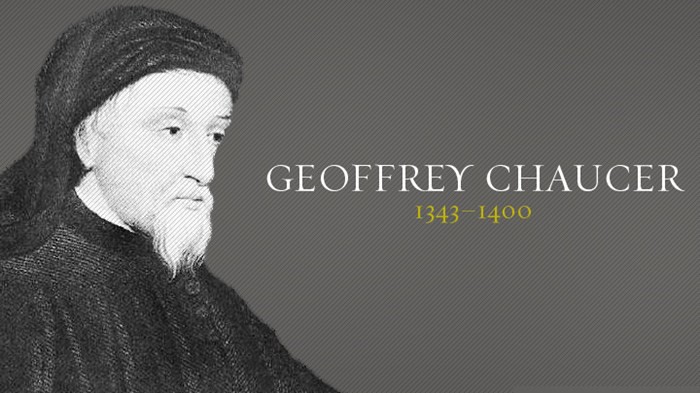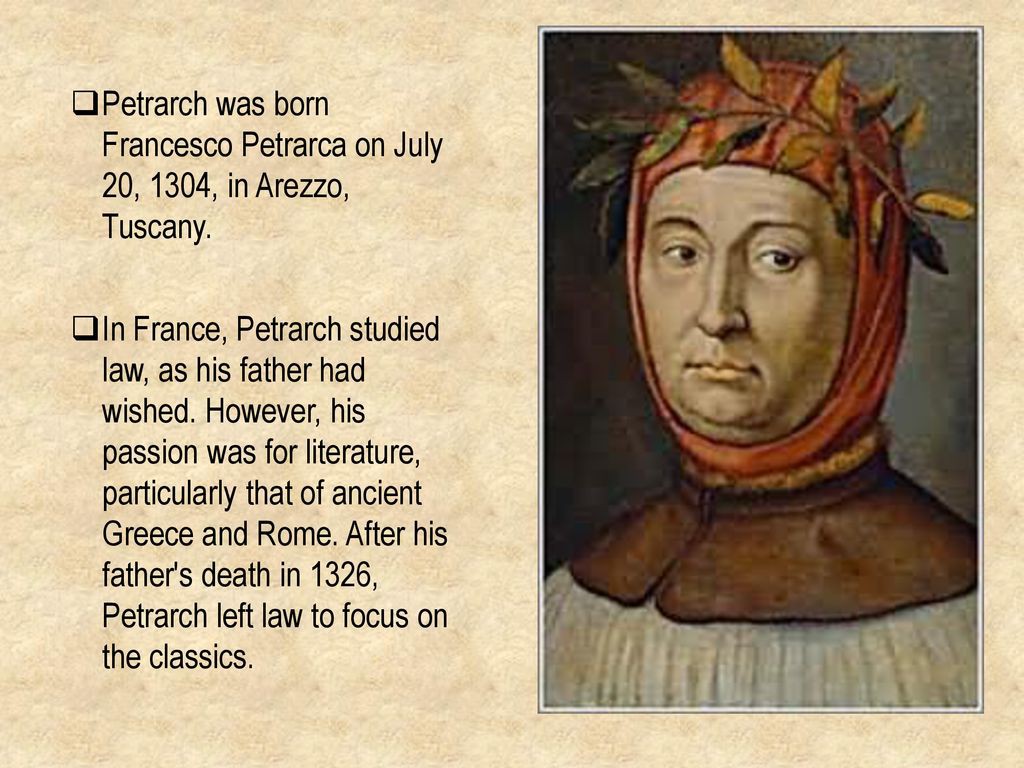Canterbury Tales - Geoffrey Chaucer
Canterbury Tales
Satirical portrait of medieval England
Geoffrey Chaucer’s The Canterbury Tales rank among the most important works in the history of the English language. The work is celebrated by critics for its vivid depiction of late medieval English society and its people. The work is also viewed as an early triumph of English poetry. However, another reason why the work remains important after more than 700 years is that some of it is fun to read.
The man behind the tales
Records about Chaucer are not detailed. For example, the exact date and location of his birth is not known. However, compared to many other people from his time quite a bit is known about his life and family. He came from a family of merchants, winemakers to be specific. They were not wealthy but they were well-off and through his father’s connections, Chaucer was able to get a job as a page. From these beginnings, he worked as a courtier and a diplomat. He also travelled to continental Europe. It was on these trips that he was first introduced to the work of the Italian poet Petrarch. This meeting would make Chaucer aware of new forms to use in his work. Throughout his life, Chaucer was an active member of the royal court and at one time became the comptroller of Customs of the port of London. With all this in his life, he still found time to write.

Middle English
If you looked at one of the surviving manuscripts of The Canterbury Tales you might have some problems understanding it, as would most native English speakers. The text is written in Middle English. The spelling and pronunciation differed greatly from today’s English. For example, the word ‘when’ was spelled ‘whan’ and the ‘e’ was pronounced at the end of words like ‘care’. There were also different forms of past tenses and the word order was quite different compared to modern English. Fortunately, modern English translations exist. These maintain the rhyme and rhythm of the text, so it’s possible for you to read and enjoy what amused the people of England in the Middle Ages.
The tales
In the prologue, the first part of the book, the reader learns that Geoffrey Chaucer himself joins a group of pilgrims at the Tabard Inn on their way to Canterbury. The host of the Tabard, Harry Bailey, proposes that he join them as a guide and that each of the pilgrims should tell tales. Whoever tells the best tale will win a supper when they return.There are 23 tales in the book. Below is a summary of the three which people are still likely to enjoy today.
The Miller’s Tale
A story of young love and adultery. The student Nicholas is in love with his landlord’s beautiful young wife Alison. So he and Alison can sleep together, Nicholas convinces Alison’s husband, John, that a flood will come. To save themselves, Nicholas tells John to hang wooden tubs from the ceiling so they can float away when the waters rise. When John is asleep in his tub, Nicholas sneaks away to make love with Alison. While they’re in bed, Alison’s other admirer, Absalom, arrives. He asks her for a kiss from the privy vent. Alison offers him her bottom to kiss. When Absalom discovers he’s been tricked, he returns with a red hot poker and asks for another kiss. This time Nicholas presents his bottom and farts in Absalom’s face. Angry, Absalom jabs Nicholas with the poker. Nicholas calls for water and John thinks the flood has come and releases the tub and falls to the ground, where he breaks his arm.
The Reeve’s Tale
A rude tale of seduction and revenge. A miller, Symkyn, has been stealing flour from his clients. When two students, John and Alan bring the college’s wheat tobe ground into flour, they tell the miller that they are interested in learning how his machinery works. In reality, they want to catch him stealing the flour. The miller suspects this and sets their horses free to show he is not so stupid. The two students ask him if they can stay and in the end the two students end up in the room with the miller, his wife, their 20-year-old daughter and their baby son. While the miller sleeps off the wine, John and Alan plot revenge. Alan goes over to the daughter and seduces her. When the miller’s wife goes to the toilet, John moves the cradle so it’s at the foot of his bed. In the dark, the miller’s wife thinks this is her bed and climbs in with John. In the morning, the miller discovers that both his wife and daughter have slept with the two men he tried to betray.
The Nun’s Priest’s Tale
How quick wits can defeat pride. This story has much more in common with children’s fairy tales of today. A roster called Chanticleer is told by a fox that the fox would love to hear him crow because he crows so beautifully. While Chanticleer is crowing, the fox grabs him by the neck and runs off with him. Chanticleer outsmarts the fox by telling him he should stop to tell their pursuers to give up. The fox does and Chanticleer immediately flies up the nearest tree.
Ryan Scott (Australia), Bridge 8/2010
VOCABULARY
vivid depiction – živé vylíčení
winemaker – vinař
comptroller – kontrolor
customs – clo
surviving manuscript – dochovaný rukopis
adultery – cizoložství
poker– pohrabáč
to jab – píchnout
seduction – svádění
revenge - odplata
to be ground into flour – aby byla rozemleta na mouku
to sleep off – vyspat se z něčeho
to plot 17 – plánovat cradle 18 – kolíbkato betray 19 [bI"treI]– zradit
wits – důvtip, vynalézavost
rooster – kohout
to crow - kokrhat
to outsmart – přelstít
pursuer – pronásledovatel
GLOSSARY*
well-off– able to live comfortably
page – a personal servant to a noble person
courtier – an official in the royal court
tub – a large container made of wood
privy vent – an opening which allowed people to go to the toilet
reeve – an official appointed to supervise lands for a lord
Chanticleer - a personal name for a domestic cockerel
Francesco Petrarca (1304 –1374), known in English as Petrarch, was an Italian scholar, poet and one of the earliest Renaissance humanists. His sonnets were admired and imitated throughout Europe during the Renaissance and became a model for lyrical poetry.
